Home>Furniture & Design>Interior Design Trends>What Is Glass Art?
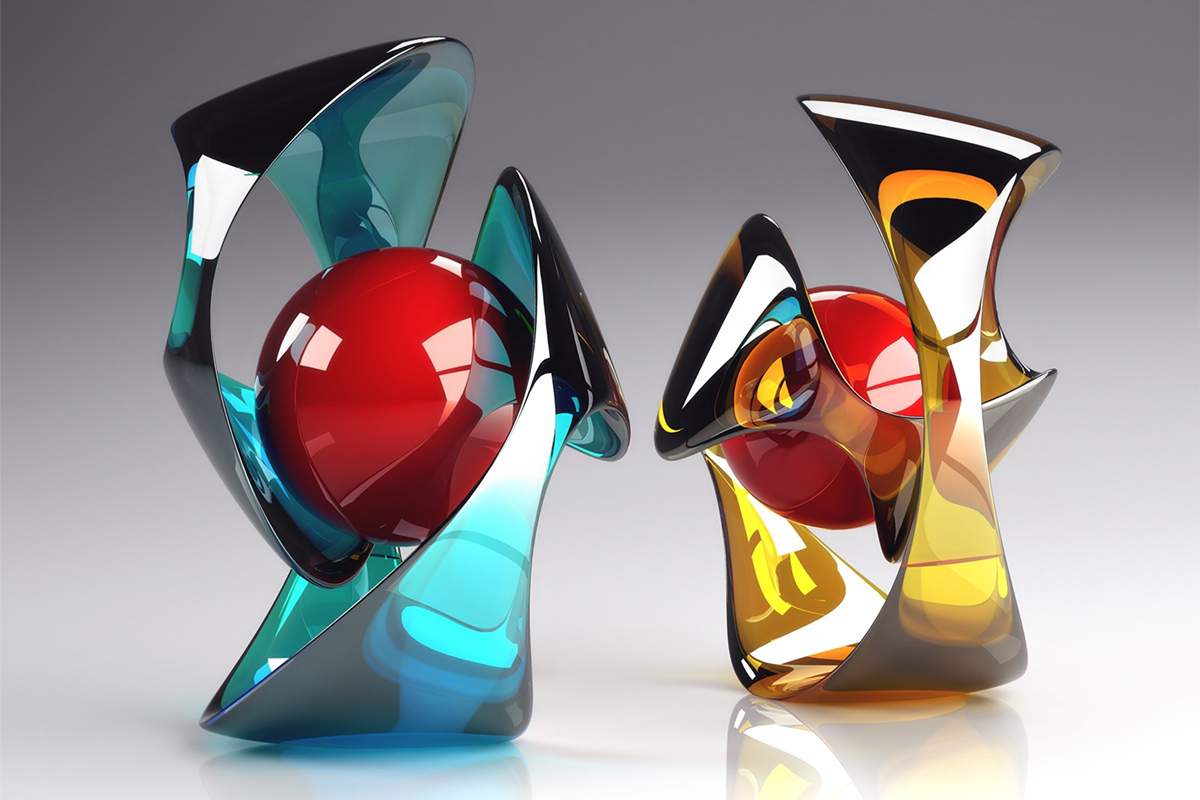

Interior Design Trends
What Is Glass Art?
Modified: February 18, 2024
Discover the latest interior design trends with glass art. Explore how glass art can elevate your space and add a touch of elegance to your home.
(Many of the links in this article redirect to a specific reviewed product. Your purchase of these products through affiliate links helps to generate commission for Storables.com, at no extra cost. Learn more)
Introduction
Glass art is a captivating and versatile form of artistic expression that has been cherished for centuries. It encompasses a wide array of techniques and styles, ranging from delicate stained glass windows to intricate glass sculptures. The allure of glass art lies in its ability to capture and manipulate light, creating mesmerizing visual effects that enchant and inspire viewers.
Throughout history, glass art has evolved and diversified, reflecting the cultural and technological advancements of each era. From the ancient civilizations of Egypt and Rome to the innovative studios of modern-day artists, the medium of glass has been shaped and molded into breathtaking works of art that transcend time and tradition.
As we delve into the world of glass art, we will explore its rich history, the diverse types of glass art, the techniques employed by artists, and the influential figures who have left an indelible mark on the art form. Additionally, we will delve into the contemporary movements shaping the future of glass art and provide insights into collecting and appreciating these exquisite creations.
Join us on a journey through the shimmering realm of glass art, where creativity knows no bounds and the interplay of light and color gives rise to masterpieces that captivate the imagination.
Key Takeaways:
- Glass art has a rich history dating back to ancient civilizations, evolving into diverse forms like stained glass and blown glass, showcasing the mesmerizing potential of the medium.
- Contemporary glass art movements embrace innovation, sustainability, and interdisciplinary explorations, shaping a dynamic future for the medium and fostering dialogue, reflection, and transformative experiences.
Read more: How To Make Glass Wall Art
History of Glass Art
The history of glass art is a captivating tapestry woven with innovation, craftsmanship, and cultural significance. Dating back to ancient times, the origins of glass art can be traced to the Mesopotamian region around 3500 BCE, where the first instances of glassmaking emerged. Initially, glass was primarily used for practical purposes, such as creating beads and vessels. However, as civilizations flourished, the artistic potential of glass began to unfold.
The ancient Egyptians elevated glassmaking to an art form, crafting intricate beads and amulets adorned with vibrant colors. Their mastery of glassblowing techniques revolutionized the medium, paving the way for more elaborate and ornate creations. The Romans further refined the art of glassmaking, producing exquisite vessels and mosaic tesserae that showcased the versatility and beauty of glass.
During the medieval period, the art of stained glass flourished, adorning the windows of cathedrals and churches with breathtaking depictions of religious narratives and vibrant hues. These awe-inspiring stained glass windows became iconic symbols of artistic expression and spiritual devotion, leaving an indelible mark on the history of glass art.
The Renaissance era witnessed a resurgence of interest in glass art, with Italian artisans pioneering new techniques and designs. The renowned Murano glassmakers of Venice gained international acclaim for their unparalleled skill in creating delicate glassware and chandeliers, solidifying the city's reputation as a hub of glass artistry.
The 19th and 20th centuries marked a period of innovation and experimentation in glass art, as artists and craftsmen pushed the boundaries of traditional techniques. The Art Nouveau movement embraced the organic forms and iridescent qualities of glass, giving rise to exquisite vases and decorative objects that epitomized the era's aesthetic sensibilities.
In the mid-20th century, the Studio Glass movement revolutionized the field of glass art, empowering individual artists to explore and express their creative visions. Pioneers such as Harvey Littleton and Dale Chihuly spearheaded this movement, democratizing glassmaking and elevating it to the realm of fine art.
Today, the legacy of glass art continues to evolve, with contemporary artists pushing the boundaries of the medium through innovative processes and conceptual explorations. From delicate glass sculptures that defy gravity to immersive installations that engage the senses, the history of glass art serves as a testament to the enduring allure and boundless potential of this mesmerizing medium.
Types of Glass Art
Glass art encompasses a diverse array of forms, each with its own unique characteristics and aesthetic appeal. From the delicate beauty of stained glass to the sculptural intricacies of blown glass, the variety of glass art forms reflects the versatility and adaptability of this captivating medium.
-
Stained Glass:
Stained glass art has a rich and storied history, dating back to medieval times when it adorned the windows of cathedrals and churches. This art form involves assembling colored glass pieces to create intricate designs and pictorial narratives. The interplay of light passing through the stained glass panels produces a mesmerizing effect, casting vibrant hues and patterns into the surrounding space. -
Blown Glass:
Blown glass, also known as glassblowing, is a mesmerizing and intricate art form that involves shaping molten glass using a blowpipe and various tools. This technique allows artists to create a wide range of forms, from delicate vessels and ornaments to elaborate sculptures. The fluidity and malleability of molten glass lend themselves to the creation of organic shapes and captivating textures, making blown glass a celebrated and versatile art form. -
Fused Glass:
Fused glass art involves the layering and melting of different glass pieces to create unified compositions. Artists can experiment with a myriad of colors, shapes, and textures, fusing them together to form striking patterns and designs. The process of fusing glass allows for the creation of functional objects such as plates, bowls, and jewelry, as well as purely decorative pieces that showcase the vibrant interplay of colors and forms. -
Cast Glass:
Cast glass art involves the melting and shaping of glass within molds to achieve specific forms and textures. This technique enables artists to create intricate sculptures, architectural elements, and decorative accents with remarkable detail and precision. The casting process allows for the exploration of transparency, opacity, and refractive qualities, adding depth and dimension to the finished pieces. -
Lampworking:
Lampworking, also known as flameworking, is a meticulous and delicate form of glass art that involves manipulating glass rods and tubes over a flame to create intricate designs and small-scale sculptures. This technique allows for precise control over the glass, making it ideal for crafting intricate figurines, beads, and miniature decorative objects.
The diverse range of glass art forms reflects the boundless creativity and technical skill of artists who harness the transformative qualities of glass to create captivating works that inspire and enchant viewers. Whether through the timeless allure of stained glass or the dynamic fluidity of blown glass, the world of glass art continues to evolve, offering endless possibilities for artistic expression and innovation.
Techniques Used in Glass Art
Glass art encompasses a diverse range of techniques that require precision, skill, and artistic vision. These techniques enable artists to manipulate molten glass into a myriad of forms, from delicate sculptures to intricate vessels, each showcasing the captivating properties of this mesmerizing medium.
Glassblowing
Glassblowing, one of the most iconic and revered techniques in glass art, involves the use of a blowpipe to shape molten glass. The artist gathers a glob of molten glass at the end of the blowpipe, then blows through the pipe to create a bubble within the glass. By skillfully manipulating the molten glass with tools and gravity, the artist can sculpt it into various forms, ranging from graceful vases to elaborate figurative sculptures. The fluidity and malleability of molten glass allow for the creation of organic shapes and intricate patterns, making glassblowing a mesmerizing and versatile technique.
Read more: How To Store Stained Glass Sheets
Kiln-Formed Glass
Kiln-formed glass, also known as fused glass, involves layering and melting different glass pieces in a kiln to create unified compositions. Artists can experiment with a myriad of colors, shapes, and textures, fusing them together to form striking patterns and designs. The process of kiln-forming allows for the creation of functional objects such as plates, bowls, and jewelry, as well as purely decorative pieces that showcase the vibrant interplay of colors and forms. By carefully controlling the temperature and duration of the kiln firing, artists can achieve a diverse range of effects, from smooth and glossy surfaces to textured and tactile finishes.
Glass Casting
Glass casting is a technique that involves melting and shaping glass within molds to achieve specific forms and textures. This intricate process allows artists to create detailed sculptures, architectural elements, and decorative accents with remarkable precision. By carefully preparing the molds and controlling the temperature of the molten glass, artists can achieve a wide range of effects, from translucent and ethereal to opaque and textured. The casting process offers opportunities for exploring transparency, opacity, and refractive qualities, adding depth and dimension to the finished pieces.
Lampworking
Lampworking, also known as flameworking, is a meticulous and delicate form of glass art that involves manipulating glass rods and tubes over a flame to create intricate designs and small-scale sculptures. This technique allows for precise control over the glass, making it ideal for crafting intricate figurines, beads, and miniature decorative objects. Lampworking requires steady hands and a keen eye for detail, as artists delicately shape the molten glass to bring their creative visions to life.
These techniques represent just a glimpse of the rich and diverse landscape of glass art, where artists continually push the boundaries of creativity and technical mastery. Whether through the timeless allure of glassblowing or the intricate precision of kiln-formed glass, the techniques used in glass art exemplify the boundless potential and captivating beauty of this extraordinary medium.
Famous Glass Artists
The world of glass art has been enriched by the visionary contributions of renowned artists whose innovative techniques and creative prowess have left an indelible mark on the medium. These artists have pushed the boundaries of traditional glassmaking, redefining the possibilities of the craft and captivating audiences with their extraordinary creations.
Read more: What Is Glazed Glass
Dale Chihuly
Dale Chihuly stands as a towering figure in the realm of contemporary glass art, renowned for his larger-than-life installations and vibrant, organic forms. His groundbreaking approach to glassblowing and sculpting has earned him international acclaim, and his immersive installations have graced prestigious museums and public spaces around the world. Chihuly's bold use of color and dynamic compositions have redefined the perception of glass art, inspiring a new generation of artists and enthusiasts.
Lino Tagliapietra
Hailing from the storied glassmaking traditions of Murano, Italy, Lino Tagliapietra is celebrated for his masterful skill and innovative designs. His exquisite glass sculptures and vessels showcase a harmonious blend of traditional techniques and contemporary aesthetics, earning him recognition as a maestro of the craft. Tagliapietra's ability to infuse his pieces with a sense of fluidity and grace has solidified his status as a luminary in the world of glass art.
Toots Zynsky
Toots Zynsky has carved a distinctive niche in the realm of glass art with her pioneering work in the field of "filet-de-verre" or kiln-formed glass threads. Her signature vessels, characterized by vibrant colors and intricate patterns, exemplify the boundless creative potential of glass as a medium. Zynsky's innovative approach to glass art has garnered widespread admiration, and her pieces are coveted by collectors and connoisseurs for their unparalleled artistry.
Harvey Littleton
Harvey Littleton is revered as a trailblazer in the Studio Glass movement, which revolutionized the perception of glass art as a fine art form. As a pioneering advocate for individual artists working in glass, Littleton's legacy continues to inspire a diverse community of glassmakers and enthusiasts. His dedication to expanding the possibilities of glass art has had a profound and enduring impact, shaping the trajectory of the medium for generations to come.
Toots Zynsky
Toots Zynsky has carved a distinctive niche in the realm of glass art with her pioneering work in the field of "filet-de-verre" or kiln-formed glass threads. Her signature vessels, characterized by vibrant colors and intricate patterns, exemplify the boundless creative potential of glass as a medium. Zynsky's innovative approach to glass art has garnered widespread admiration, and her pieces are coveted by collectors and connoisseurs for their unparalleled artistry.
These visionary artists have not only elevated glass art to new heights but have also expanded the horizons of artistic expression, demonstrating the transformative power of this mesmerizing medium. Their enduring influence serves as a testament to the enduring allure and boundless potential of glass art, inspiring future generations to continue pushing the boundaries of creativity and innovation.
Contemporary Glass Art Movements
Contemporary glass art movements represent a dynamic and diverse landscape, where artists continually push the boundaries of traditional techniques and conceptual explorations. These movements reflect the evolving nature of glass art, embracing innovation, experimentation, and a spirit of creative inquiry. From the revival of ancient techniques to the integration of new technologies, contemporary glass art movements encompass a wide spectrum of approaches that redefine the possibilities of the medium.
One prominent contemporary glass art movement is the revival of traditional glassmaking techniques, where artists delve into historical practices and reinterpret them through a modern lens. By studying ancient methods such as cameo glass carving, murrine, and pâte de verre, artists breathe new life into these time-honored techniques, infusing them with contemporary relevance and artistic expression. This revival not only honors the rich heritage of glass art but also fosters a deeper appreciation for the craftsmanship and artistry of bygone eras.
Another compelling trend within contemporary glass art is the fusion of glass with other artistic disciplines, such as sculpture, installation art, and digital media. Artists are exploring the intersection of glass with diverse materials and technologies, creating interdisciplinary works that challenge conventional boundaries and redefine the relationship between glass and other artistic mediums. This interdisciplinary approach opens up new avenues for creative exploration, resulting in innovative and thought-provoking pieces that transcend traditional categorizations.
Furthermore, the sustainability movement has made significant inroads into the world of contemporary glass art, prompting artists to explore eco-friendly practices and materials. From utilizing recycled glass to implementing energy-efficient kiln processes, artists are embracing environmentally conscious approaches that align with the ethos of sustainability. This conscientious shift not only reflects a commitment to environmental stewardship but also sparks meaningful dialogues about the role of art in promoting ecological awareness and responsibility.
Moreover, the exploration of conceptual themes and social narratives has emerged as a defining characteristic of contemporary glass art movements. Artists are using glass as a medium for storytelling, addressing pressing societal issues, and engaging with diverse cultural perspectives. Whether through evocative installations that provoke introspection or collaborative projects that foster community engagement, contemporary glass art serves as a powerful platform for dialogue and reflection, transcending aesthetic considerations to resonate with broader societal concerns.
In essence, contemporary glass art movements embody a spirit of innovation, inclusivity, and creative evolution. As artists continue to push the boundaries of the medium, these movements pave the way for a vibrant and dynamic future, where glass art remains a catalyst for artistic expression, cultural dialogue, and transformative experiences.
Collecting Glass Art
Collecting glass art is a deeply rewarding and enriching pursuit that allows enthusiasts to immerse themselves in the captivating world of artistic expression and craftsmanship. As a collector, one has the opportunity to curate a diverse and compelling assemblage of glass pieces, each imbued with its own unique narrative and aesthetic allure. Whether drawn to the timeless elegance of antique glassware or the avant-garde innovations of contemporary artists, the act of collecting glass art offers a gateway to a realm of beauty, creativity, and cultural significance.
When embarking on the journey of collecting glass art, it is essential to cultivate a discerning eye and a deep appreciation for the intricacies of the medium. Understanding the diverse techniques and styles employed by glass artists, from the delicate art of blown glass to the intricate precision of cast glass, enhances the collector's ability to recognize and value exceptional pieces. Moreover, delving into the historical and cultural contexts of glass art provides valuable insights into the evolution of the medium, enriching the collector's understanding and appreciation of each acquisition.
Building a meaningful collection of glass art involves engaging with artists, galleries, and exhibitions to gain firsthand exposure to a wide spectrum of works. Attending glass art shows, studio visits, and artist talks offers invaluable opportunities to connect with the creative minds behind the pieces, fostering a deeper understanding of their inspirations and techniques. Additionally, developing relationships with reputable galleries and art institutions can provide access to a diverse range of glass art, from established masters to emerging talents, enabling collectors to expand and diversify their collections.
In the realm of glass art, provenance and authenticity are paramount considerations for collectors. Verifying the origins and history of each piece, as well as its documentation and certification, ensures the integrity and value of the collection. Whether acquiring antique glassware with a rich lineage or contemporary pieces with burgeoning reputations, collectors prioritize transparency and diligence in their acquisitions, safeguarding the legacy and significance of each artwork.
Beyond the aesthetic and historical dimensions, collecting glass art fosters a sense of connection to the artists, their creative processes, and the broader cultural tapestry of the medium. Each piece becomes a tangible embodiment of artistic vision and technical mastery, inviting collectors to embark on a journey of discovery and appreciation. Moreover, sharing the collection with others through exhibitions, educational initiatives, and public outreach contributes to the preservation and celebration of glass art as a vital and enduring artistic tradition.
In essence, collecting glass art is a deeply enriching and multifaceted endeavor that transcends mere acquisition, offering collectors the opportunity to engage with the beauty, heritage, and innovation of this extraordinary medium. Through thoughtful curation, scholarly inquiry, and a passion for artistic expression, collectors play a vital role in preserving the legacy of glass art and shaping its enduring narrative for generations to come.
Conclusion
In conclusion, the world of glass art is a captivating realm where creativity, craftsmanship, and innovation converge to produce works of extraordinary beauty and significance. From its ancient origins to the dynamic landscape of contemporary movements, glass art has continually evolved, reflecting the cultural, technological, and artistic currents of each era. The rich history of glass art, spanning millennia and encompassing diverse civilizations, attests to its enduring allure and timeless appeal.
The diverse types of glass art, from the intricate beauty of stained glass to the mesmerizing fluidity of blown glass, showcase the remarkable versatility and expressive potential of the medium. Each technique used in glass art, whether it be the ancient art of glassblowing or the meticulous precision of lampworking, embodies a fusion of technical mastery and artistic vision, yielding captivating creations that captivate the imagination.
The contributions of famous glass artists, such as Dale Chihuly, Lino Tagliapietra, Toots Zynsky, and Harvey Littleton, have reshaped the landscape of glass art, inspiring generations of artists and enthusiasts with their visionary works. Their enduring legacies serve as testaments to the transformative power of glass as a medium for artistic expression and innovation.
Contemporary glass art movements, characterized by their spirit of innovation, inclusivity, and creative evolution, propel the medium into the future, fostering dialogue, reflection, and transformative experiences. The revival of traditional techniques, interdisciplinary explorations, sustainability initiatives, and engagement with conceptual themes exemplify the dynamic and diverse nature of contemporary glass art movements.
For collectors, the act of acquiring and curating glass art represents a deeply enriching and meaningful pursuit, offering a gateway to a realm of beauty, creativity, and cultural significance. The meticulous process of building a collection, rooted in discernment, appreciation, and scholarly inquiry, contributes to the preservation and celebration of glass art as a vital and enduring artistic tradition.
In essence, the world of glass art is a testament to the enduring human fascination with light, color, and form, transcending time and tradition to inspire and enchant audiences across the globe. As the interplay of tradition and innovation continues to shape the trajectory of glass art, it remains a vibrant and dynamic medium, inviting artists, collectors, and enthusiasts to partake in its enduring legacy and boundless creative potential.
Frequently Asked Questions about What Is Glass Art?
Was this page helpful?
At Storables.com, we guarantee accurate and reliable information. Our content, validated by Expert Board Contributors, is crafted following stringent Editorial Policies. We're committed to providing you with well-researched, expert-backed insights for all your informational needs.
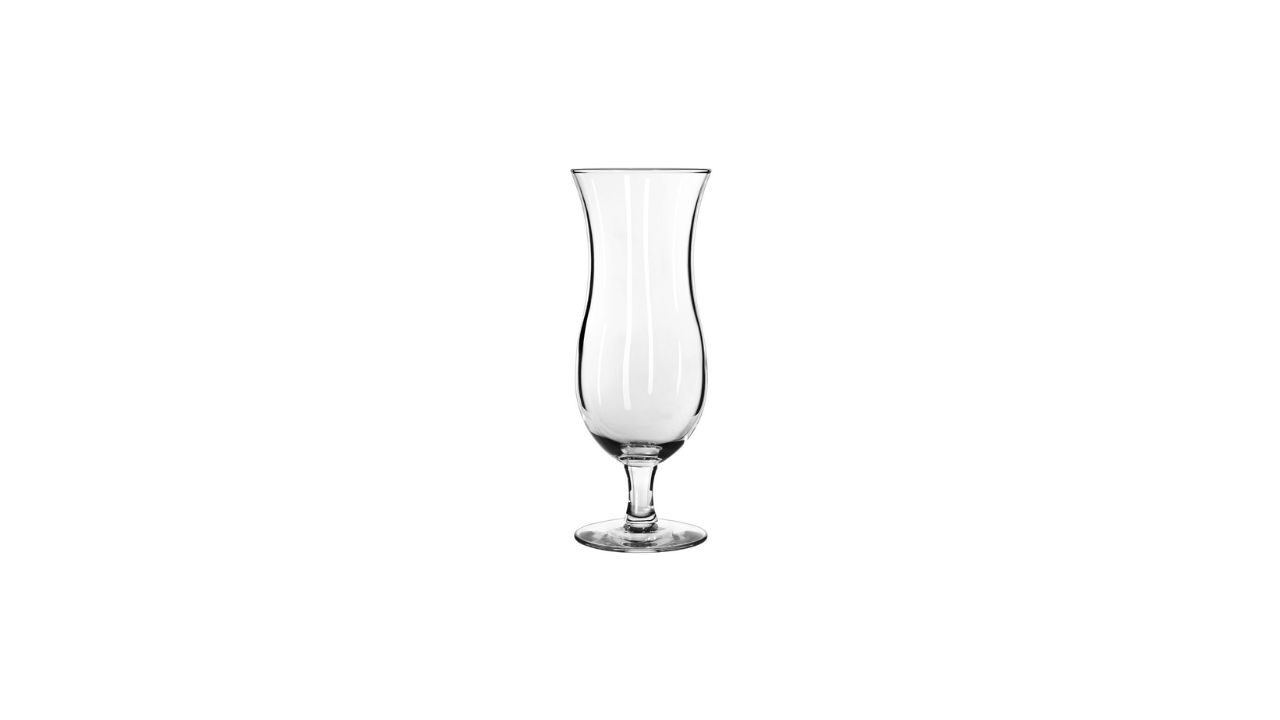
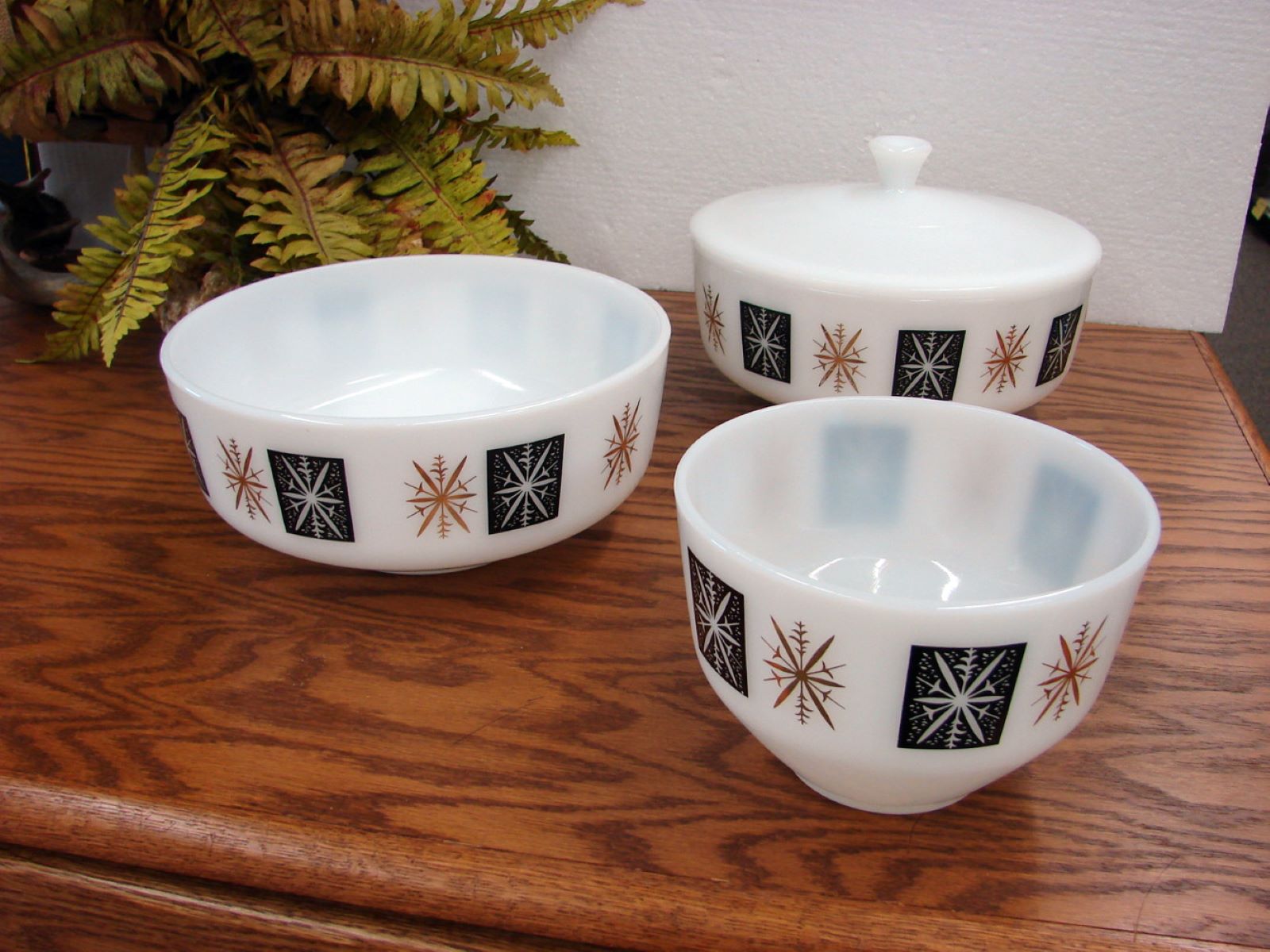

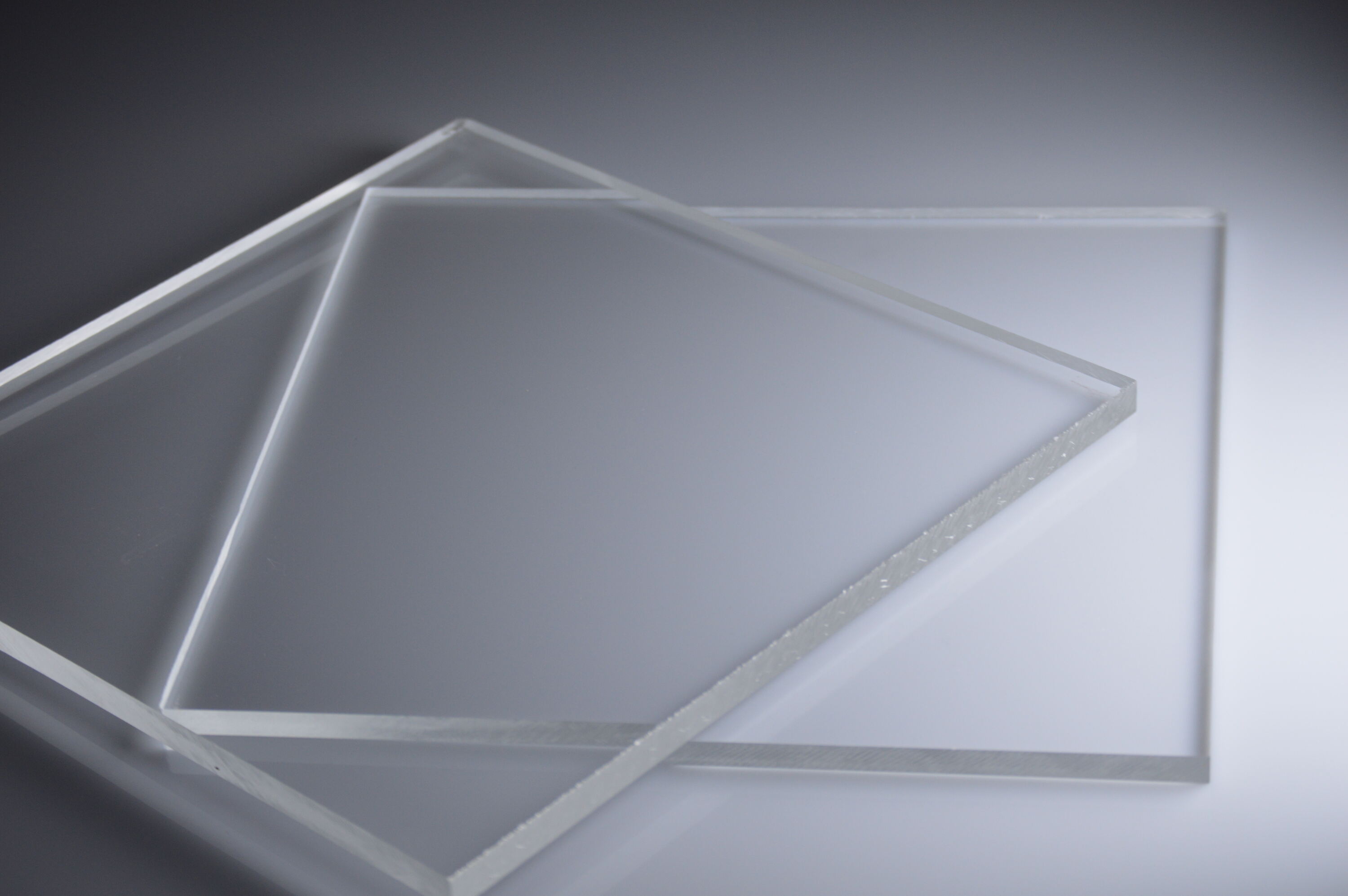
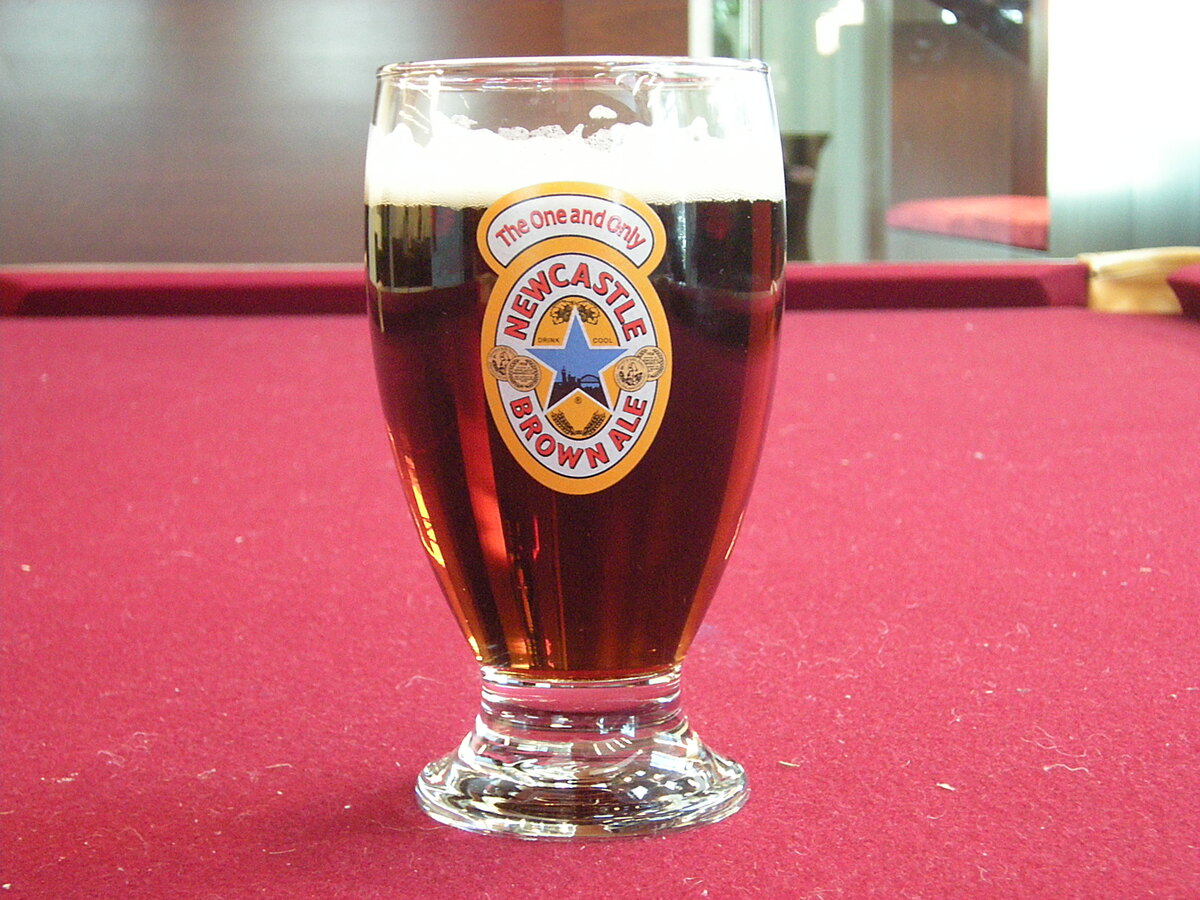
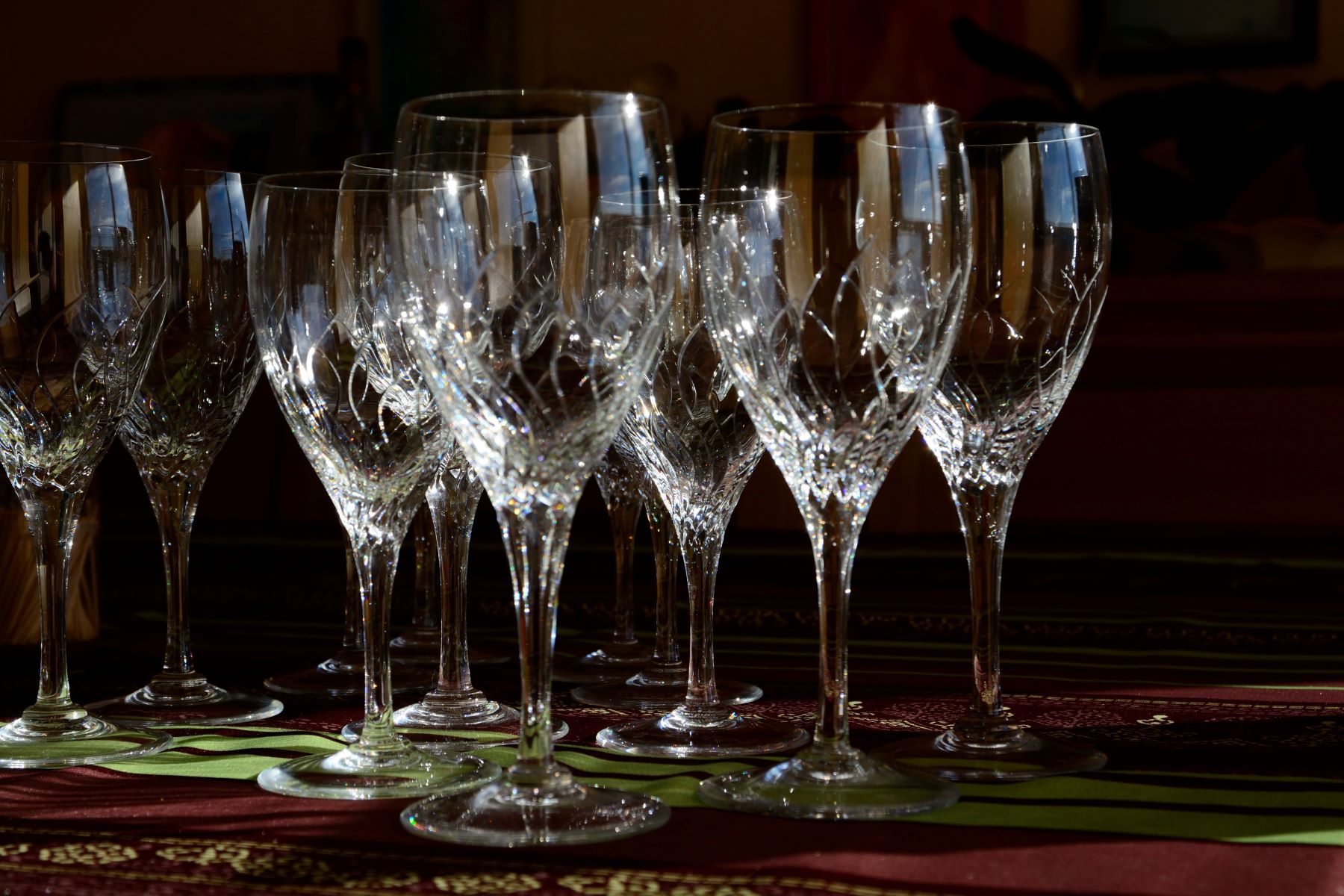
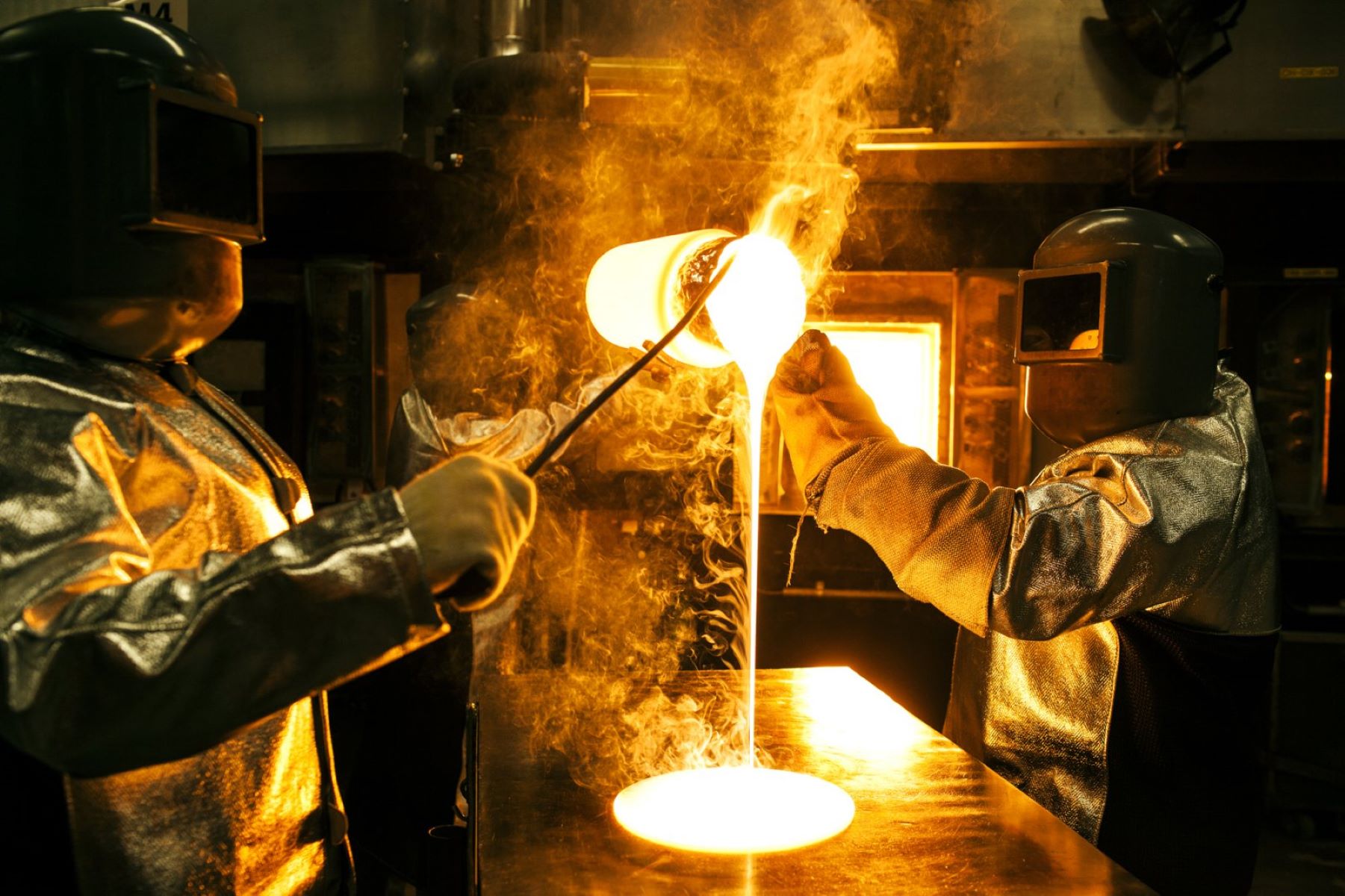
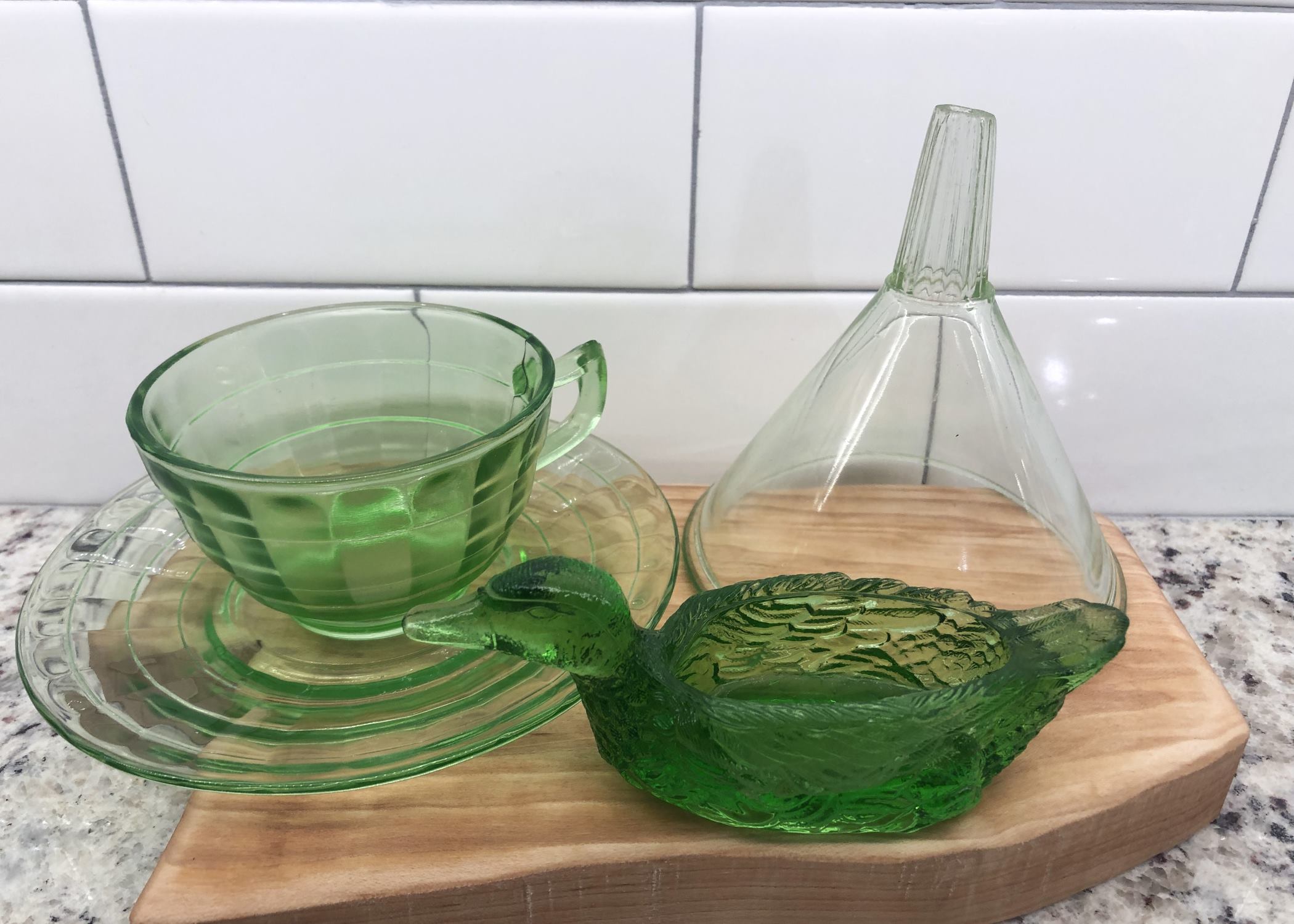
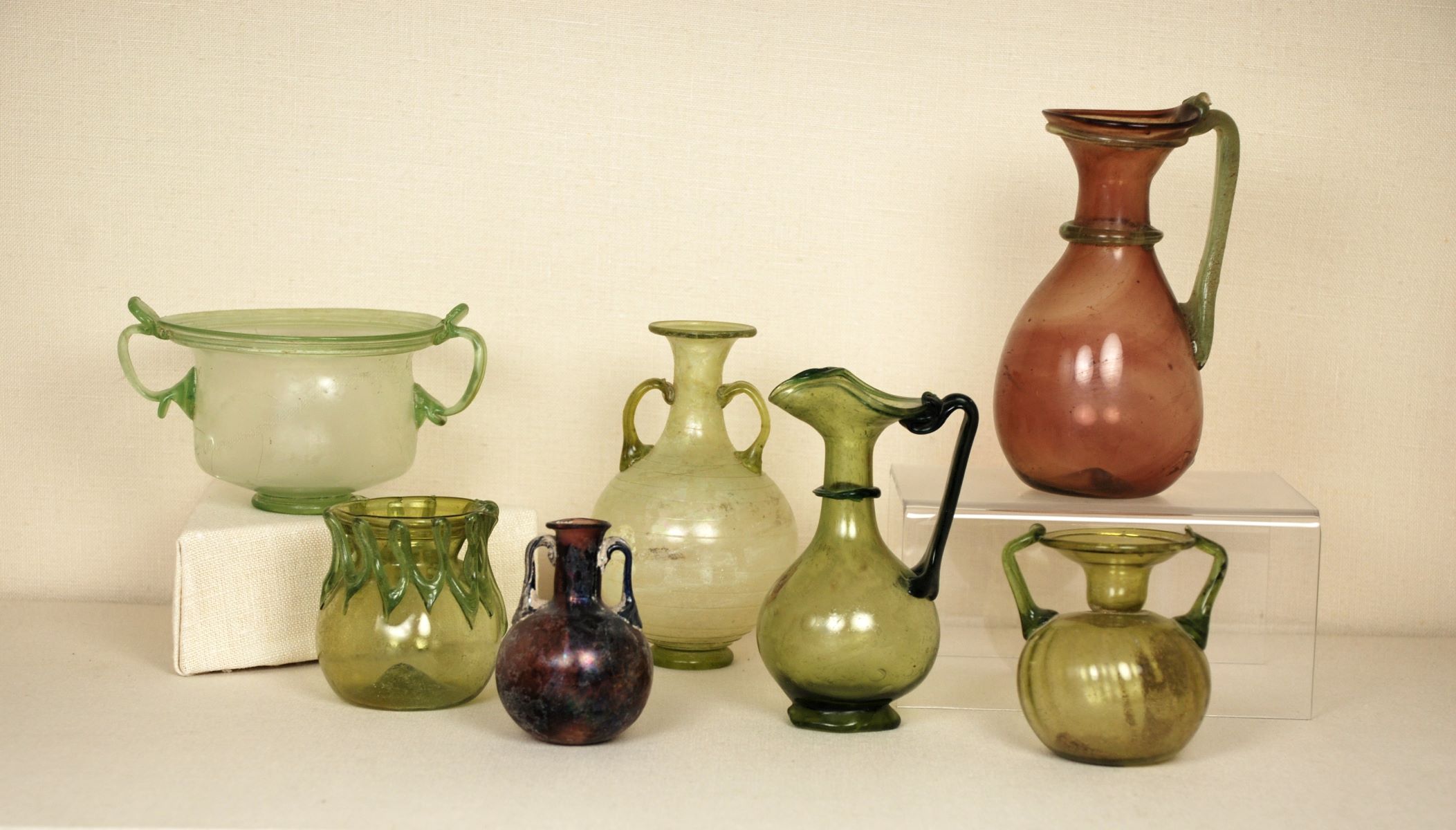

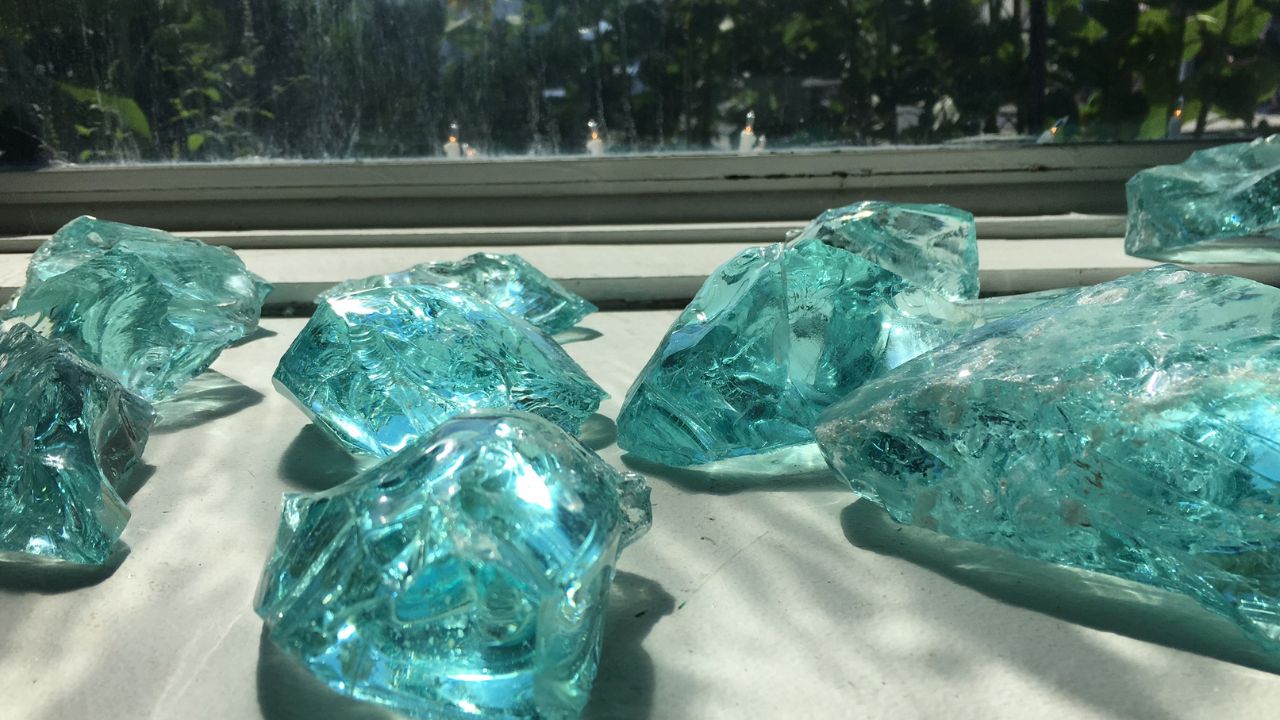
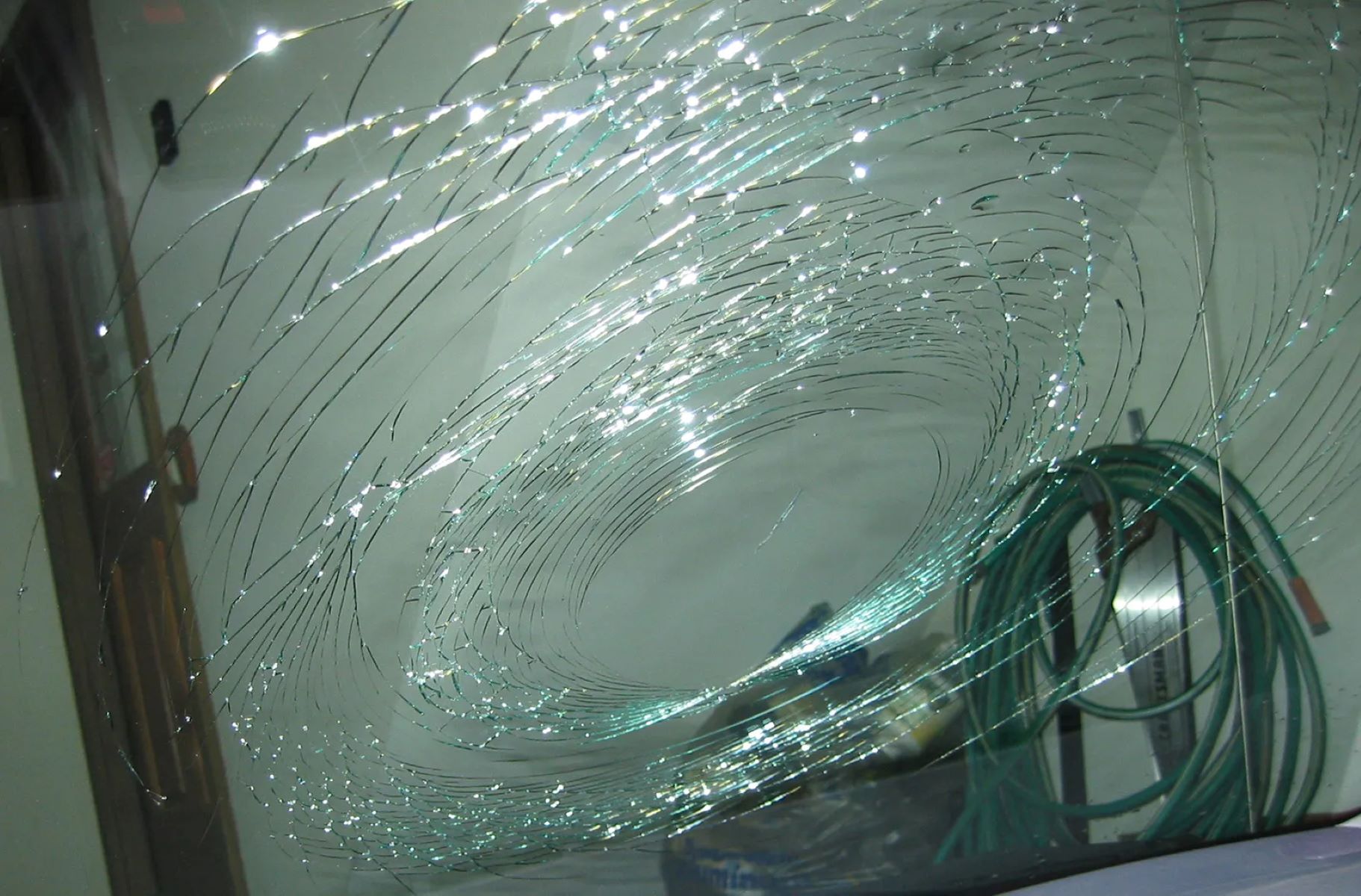

0 thoughts on “What Is Glass Art?”